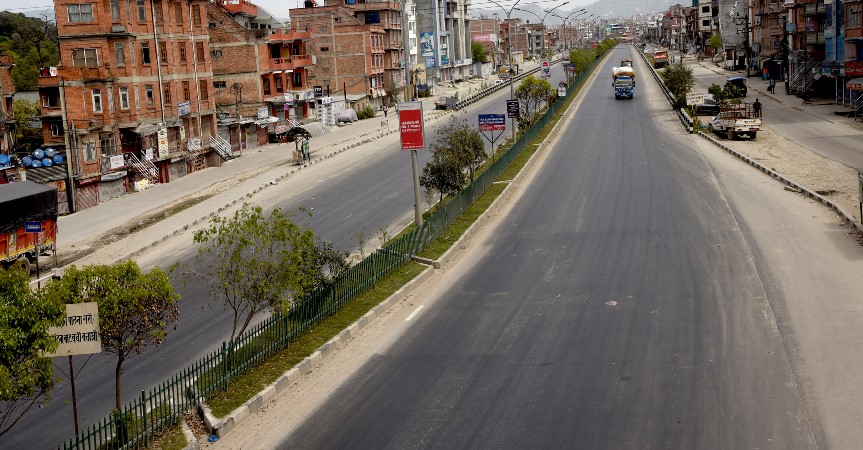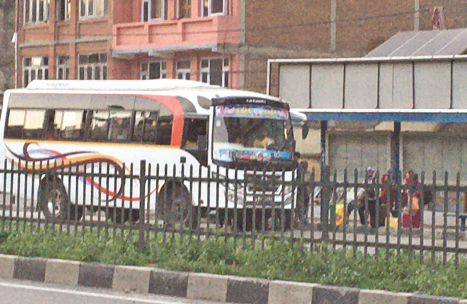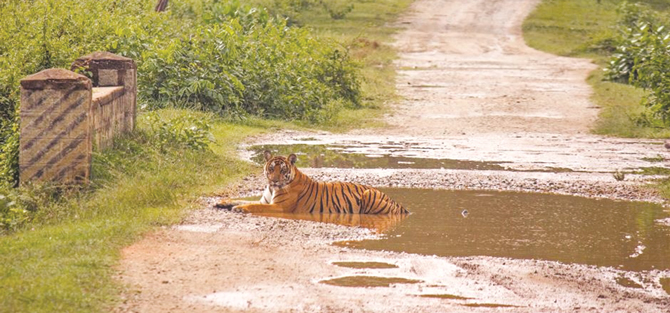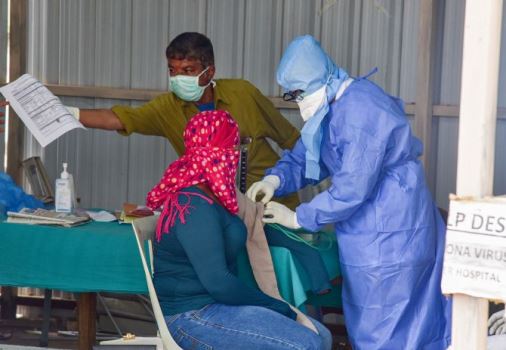First Action Plan in place to protect vulnerable Arnas

By Indira Aryal
Kathmandu, Nov. 24: Nepal is home to around 500 Asian wild buffalos (Bubalus arnee), locally known as Arna, which is the world’s endangered species. At present, there are 3,300 to 3,400 Arnas across the globe, according to the officials at the Department of Wildlife and Conservation.
In Nepal, the Arnas can be found in two protected areas – Koshi Tappu Wildlife Reserve (KTWR) and Chitwan National Park (CNP). Conservation of the Arnas was initiated with the establishment of Koshi Tappu Wildlife Reserve in 1976.
Also called wild water buffalo, Asian wild buffalo’s conservation is facing threats including population inbreeding, gene pool erosion with domestic buffalo, disease from domestic livestock and recurring floods in the protected areas, experts say. Illegal grazing of local livestock in the core habitat has also been a major trouble facing the Arna, said Ram Chandra Kandel, secretary at the Ministry of Forest and Environment of the State 2 government.
Kandel, who is also the first PhD holder in Wild Water Buffalo in Nepal, said that the government has also issued Wild Water Buffalo Conservation Action Plan (2020-24) aiming to maintain genetic integrity of Arnas in Nepal. The Action Plan was formulated in his initiative when Kandel was Acting Director General at the Department of Wildlife and Conservation, he said.
The holistic Action Plan aims to provide guidance and address the problems looming over the species, and threatening their survival, he said.
This is the first-ever action plan for the species to conserve viable and ecologically functioning populations and maintaining genetic integrity in harmony with local people.
The action plan will continue to provide crucial guidance to implement priority conservation initiatives, which will benefit species, habitat and its communities.
Arna was only protected in KTWR before and it was translocated to CNP in 2017. According to 2018 census, there are 448 Arnas in Nepal and 13 in CNP.
Secretary Kandel said that after three decades of recommendations by various experts, translocation of 15 Arnas took place from KTWR to CNP in 2017. But later six calves died due to various reasons.
“Excessive flooding during the monsoon poses grave danger to both the calves and adults,” informed Kandel. He said that translocating them and expanding the habitat would help increase the population of Arnas.
Chief Warden at KTWR Chandra Shekhar Chaudhary said that they have been working in habitat expansion and patrolling to control illegal trading of Arna meat. Additionally, cross breeding is a recurring problem in the area as a lot of people take their domestic livestock to graze in the buffer areas, Chaudhary said.
Every day, thousands of livestock are found grazing together with Arnas. The illegal grazing of the livestock and unclaimed feral cattle have made the management of the species difficult, he said. According to Kandel, in 2001, 167 domestic buffaloes were shot by KTWR authority to communicate and warn buffalo owners not to graze their animals illegally. The Action Plan will be implemented to address long-term conservation of Arnas in Nepal.
The overall goal of the plan is to conserve viable and ecologically functioning populations thereby maintaining genetic integrity of Wild Water Buffalo in harmony with local people, he said.
Recent News

Do not make expressions casting dout on election: EC
14 Apr, 2022
CM Bhatta says may New Year 2079 BS inspire positive thinking
14 Apr, 2022
Three new cases, 44 recoveries in 24 hours
14 Apr, 2022
689 climbers of 84 teams so far acquire permits for climbing various peaks this spring season
14 Apr, 2022
How the rising cost of living crisis is impacting Nepal
14 Apr, 2022
US military confirms an interstellar meteor collided with Earth
14 Apr, 2022
Valneva Covid vaccine approved for use in UK
14 Apr, 2022
Chair Prachanda highlights need of unity among Maoist, Communist forces
14 Apr, 2022
Ranbir Kapoor and Alia Bhatt: Bollywood toasts star couple on wedding
14 Apr, 2022
President Bhandari confers decorations (Photo Feature)
14 Apr, 2022









